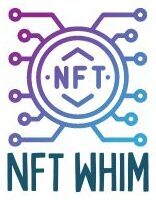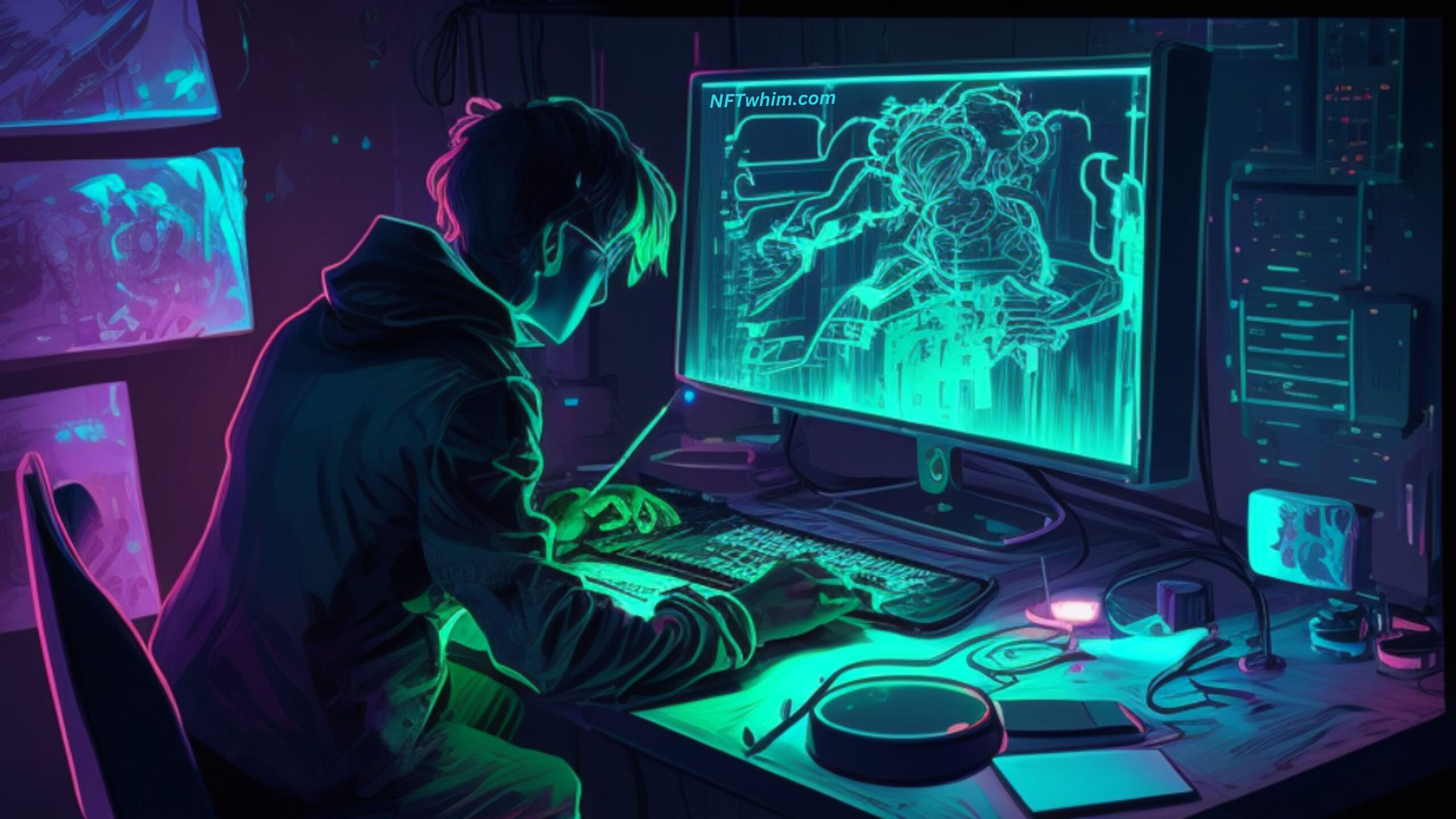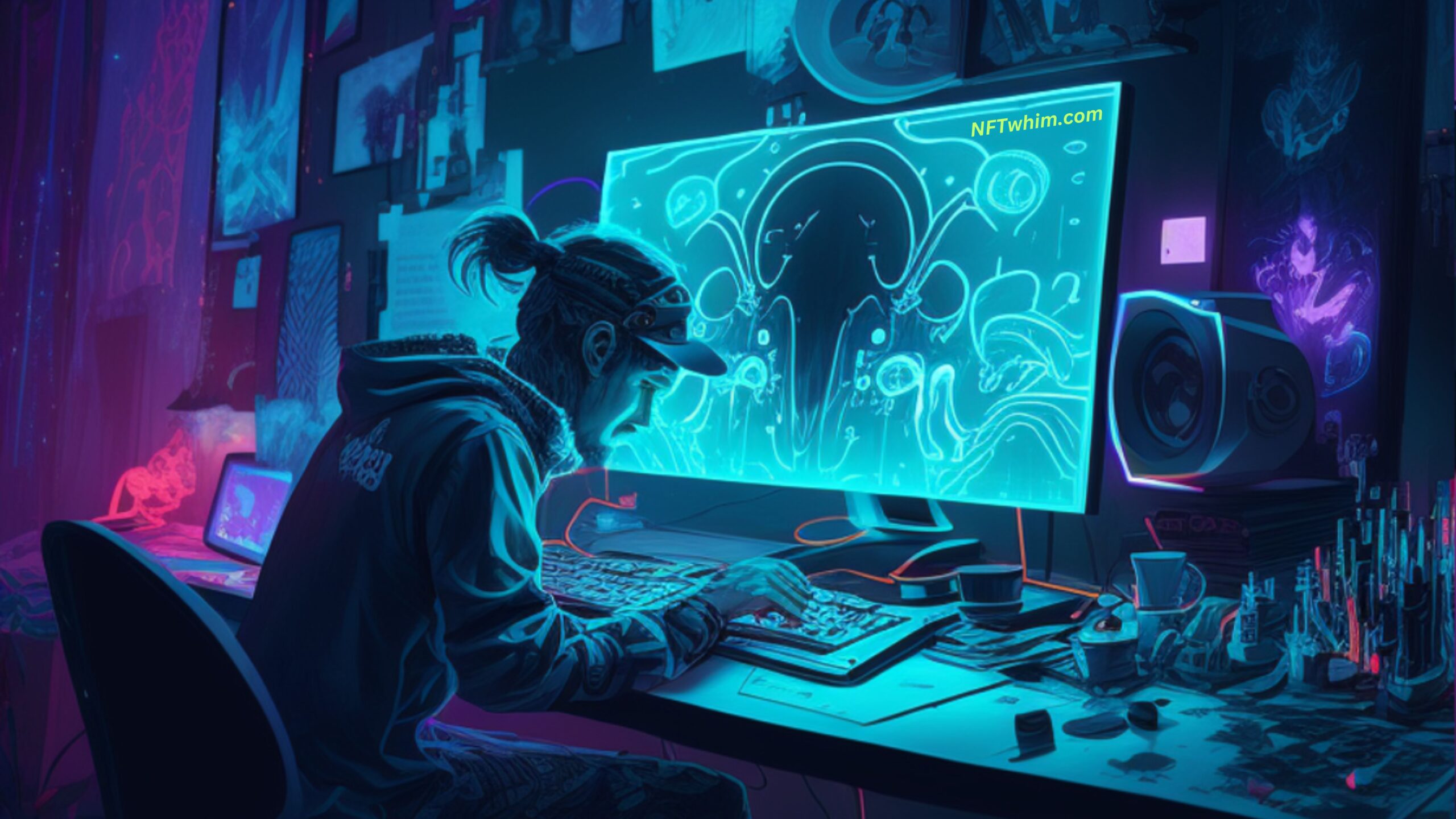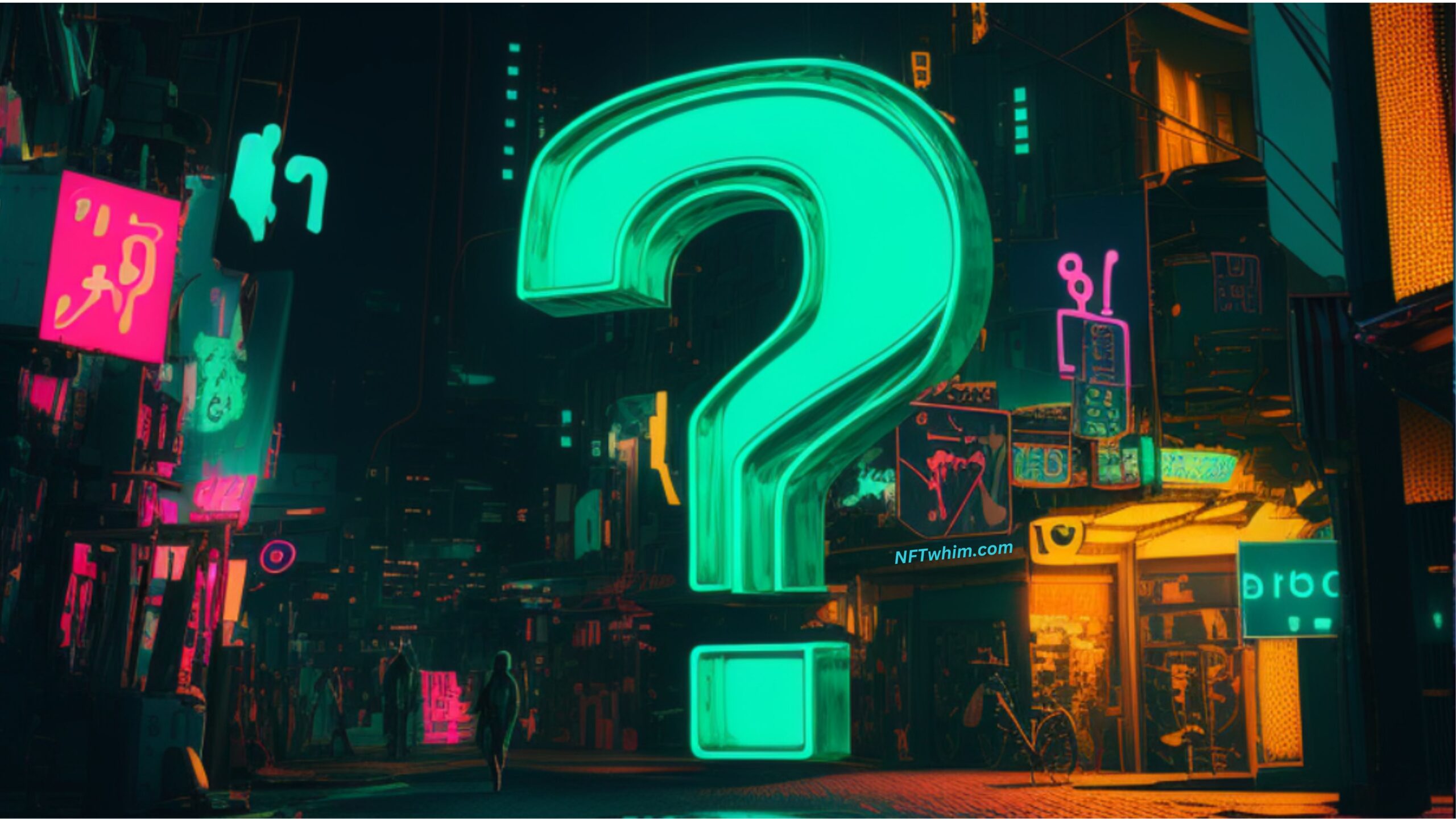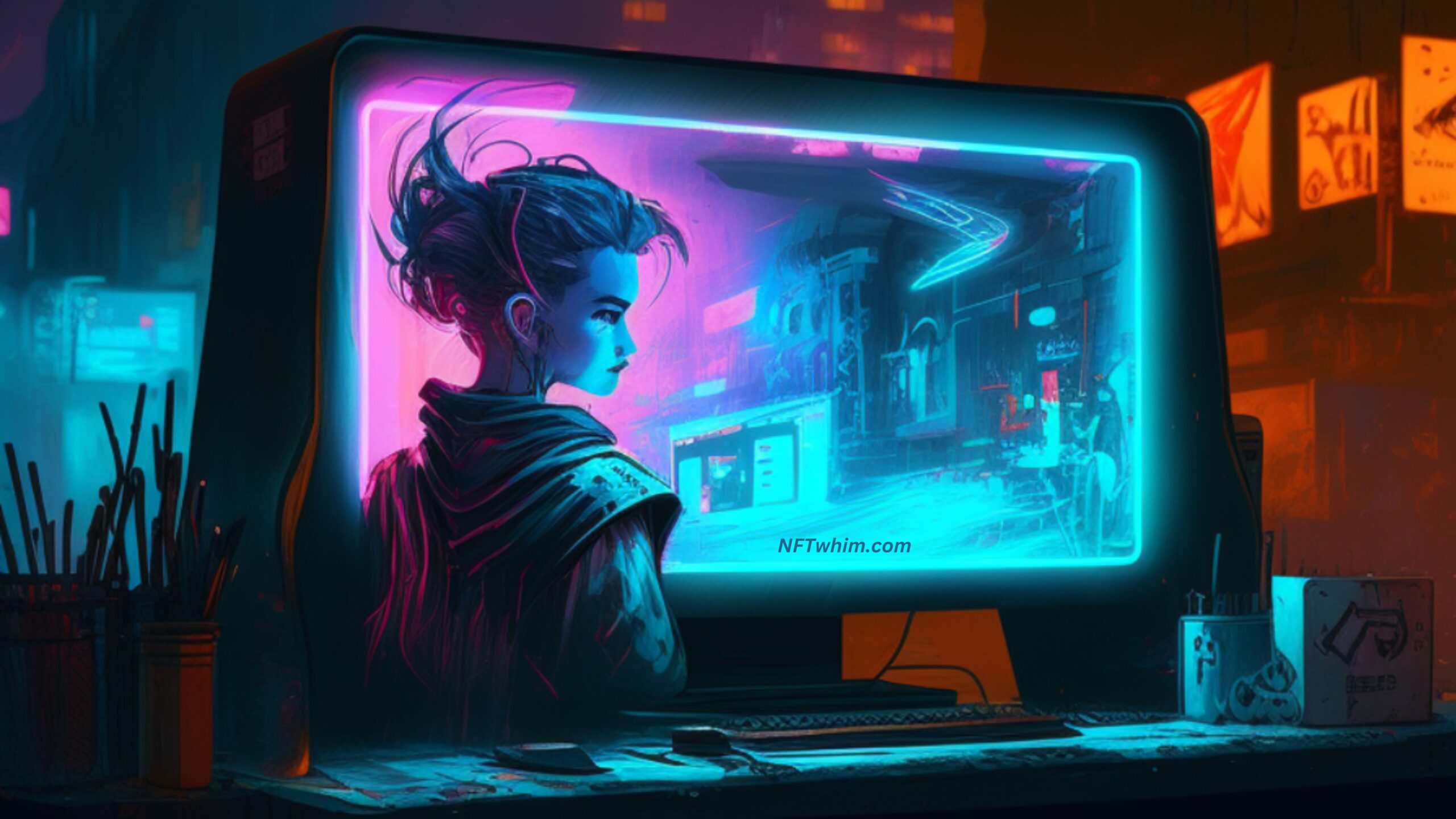As an NFT creator, one of the most important decisions you’ll make is determining the file size of your digital asset. The file size affects everything from the image’s quality to the speed of transactions. In this article, we’ll explore the factors to consider when deciding on the ideal file size for your NFT.
The ideal file size for an NFT depends on several factors, including the marketplace or minting platform being used, image complexity, resolution, and compression. It is important to keep the file size under the maximum limit of the chosen marketplace, balance quality and file size, and to use compression techniques to reduce file size without sacrificing image quality. The most popular NFT marketplaces each have different maximum file size requirements, with Opensea requiring max 100MB, Rarible max 30MB and SuperRare max 50MB, to mention a few.
We’ll go through the following topics in this post:
Table of Contents
What is File Size?
First things first, let’s define file size. A file size is simply the size of a digital file. It’s usually measured in bytes (B), kilobytes (KB), megabytes (MB), gigabytes (GB), or terabytes (TB).
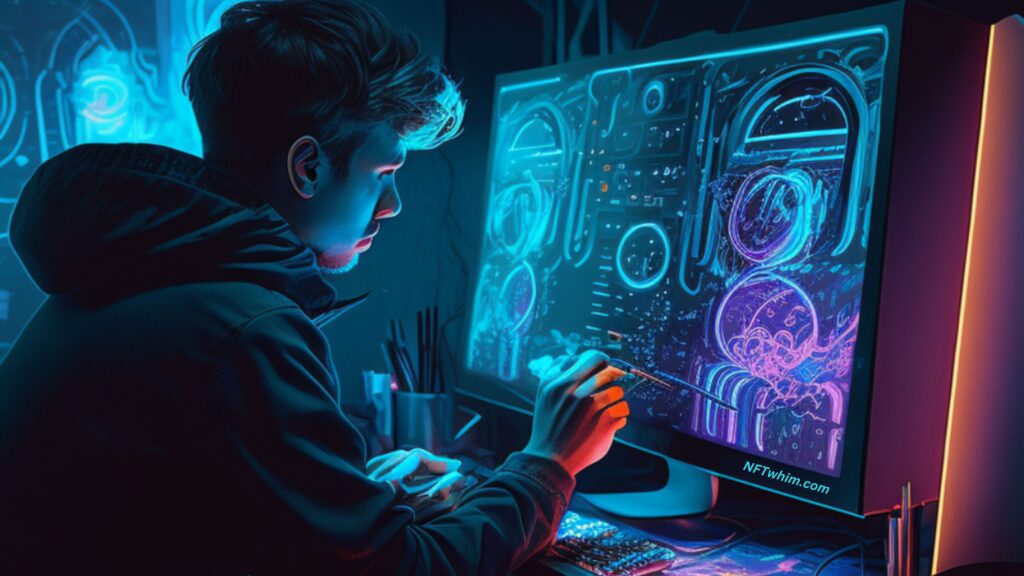
By the way, you might find these articles interesting too: Accepted NFT file types, and what you should know about NFT pixel dimensions.
Why File Size Matters for NFTs
The file size of your NFT is important for several reasons. First, it affects the image’s quality. A larger file size generally means a higher quality image, with more detail, sharper lines, and more vibrant colors. On the other hand, a smaller file size can result in a lower quality image with pixelation, blurriness, and loss of detail.
Second, file size affects the speed of transactions. When an NFT is bought, sold, or transferred, it needs to be uploaded to the blockchain. A larger file size means it will take longer to upload, slowing down the transaction process. This is especially important for popular blockchains like Ethereum, which can be slow and expensive.
Third, file size affects storage and bandwidth. When an NFT is minted, it needs to be stored on the blockchain. The larger the file size, the more storage it requires. This can lead to higher storage costs and longer transaction times. Additionally, larger file sizes can eat up more bandwidth, which can impact the overall performance of the blockchain.

Factors to Consider in Deciding NFT File Size
When deciding on the ideal file size for your NFT, there are several factors to consider:
- Marketplace or Minting Platform: The ultimate decision of the max file size of your NFT will be decided by the max size limits of the particular marketplace or minting platform that you choose. For example, Opensea, the most widely used marketplace of today, has a maximum file size limit of 100 MB for their NFTs, but they recommend a lower size for faster load times. Make sure you do your research on the particular marketplace you are choosing before creating the NFT, to avoid unpleasant surpirses.
- Image complexity: The complexity of your image will also affect the file size. A simple image with few colors and minimal details will have a smaller file size than a highly detailed image with many colors and intricate details.
- Resolution: The resolution of your image is another important factor. A higher resolution means more pixels, which translates to a larger file size. However, higher resolution also means a higher quality image.
- Compression: Compression is the process of reducing the file size of an image without significantly impacting the image quality. There are several compression techniques available, including lossy and lossless compression. Lossy compression removes some of the data from the image, resulting in a smaller file size but a slight loss of quality. Lossless compression, on the other hand, maintains the image quality but typically results in a larger file size.

Best Practices for File Size
Follow these best practices when deciding on the file size for your NFT:
- Keep the file size under the maximum limit of your chosen blockchain or marketplace.
- Choose a resolution that balances quality and file size.
- Use compression techniques to reduce file size without sacrificing image quality.
- Test your NFT on the blockchain to ensure fast transaction times and minimal storage and bandwidth costs.

Maximum NFT File Sizes of Popular NFT Marketplaces
When you’re ready to mint your NFT, the most important factor is the allowed, maximum file size of your marketplace or minting platform, because if you surpass that requirement, you NFT will be rejected, or not displayed properly. While some marketplaces might have more lenient file size limits, others might have more stringent requirements. Nonetheless, with the maximum file size limit provided by each marketplace, creators can select the platform that suits their file size requirement and upload high-quality files for their NFTs.
Maximum NFT file sizes of the biggest marketplaces:
OpenSea – Maximum file size of 100MB
OpenSea is one of the most popular marketplaces for buying and selling NFTs. It supports various file types, including images, videos, audio, and 3D models. With a maximum file size of 100MB, creators have the freedom to upload high-quality files for their NFTs.
Rarible – Maximum file size of 30MB
Rarible is another marketplace that supports various file types, including PNG, GIF, WEBP, MP4, or MP3. However, it has a maximum file size limit of 30MB, which is significantly smaller than OpenSea’s limit. Creators who want to mint NFTs on Rarible need to make sure their files are within the limit.

SuperRare – Maximum file size of 50MB
SuperRare supports various file types, including images, videos, audio, and 3D models. It has a maximum file size limit of 50MB for the main file, and 10MB for the thumbnail. If you mint your NFTs on this platform you need to ensure that both the main file and the thumbnail are within the specified limits.
KnownOrigin – Maximum file size of 75MB
KnownOrigin supports various file types, including images, videos, audio, and 3D models. It has a maximum file size limit of 75MB for the main file, and 25MB for the cover image. Keep in mind that you need to make sure that both the main file and the cover image of your NFT are within the specified limits.
Foundation – Maximum file size of 50MB
Foundation has a maximum file size limit of 50MB, so if you want to mint their NFTs on Foundation, you need to keep your file sizes not bigger than 50MB.
Mintable – Maximum file size of 200MB
Mintable supports all image formats, mp4 videos, and GLB 3D files. With a maximum file size limit of 200MB, creators can upload high-quality files for their NFTs. Mintable also has a user-friendly interface, making it easy for creators to mint their NFTs.

Conclusion
Determining the ideal file size for your NFT is an important decision that can impact the image’s quality, transaction speed, storage costs, and overall performance. By considering the factors outlined above and following best practices, you can create an NFT with an optimal file size that showcases your artwork while ensuring smooth transactions on the blockchain!
Robin
Author: Robin Olsson
Author Bio: I’m Robin and on this website, I share everything I’ve learned since getting into NFTs in 2021. I have a background in research and I’ve been in crypto for several years. You can read more about me here.
